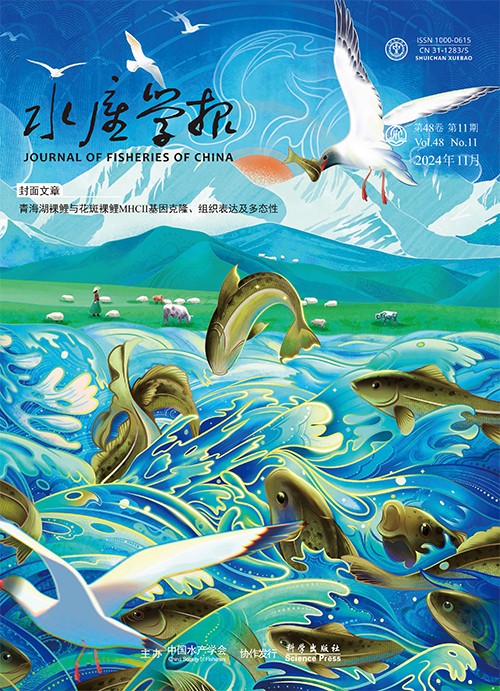Effects of packaging size and shape on the microwave rehydration characteristics of tilapia fillets
Q4 Environmental Science
引用次数: 0
Abstract
In order to improve the rehydration rate and rehydration effect,the dried tilapia fillets( moisture content decreased to 0. 100 0( g / g d. b.)( dry basis)) w ere hydrated by microw ave. Tilapia fillets w ere put into the container made of acrylic materials w ith different sizes and shapes. The effect of container shape, container size,and salt content on the microw ave rehydration w as investigated. The result show s that the moistureed content increased gradually w ith the rehydration time extending,reached a maximum value and maintain stability after 250- 300 s. The moisture content of sample after rehydration process did not reach the initial moisture content( 3. 859 0( g / g d. b.)). It is show n that the rehydration process is irreversible, cell dehydration and damaged organizational structure during the drying process cause the rehydration ability of sample to decrease. In this study,the larger size of the container has a better rehydration effect. Compared w ith cubic container,cylindrical container is more advantageous to the microw ave rehydration for Tilapia fillets. The dielectric loss rate of soup material increased w ith the increasing of NaCl contents,so that the rehydration rate increased. In summary,rehydration time by microw ave is about 240 s,w hich saves about 2 / 3 time compared w ith the traditional w ater bath( about 700 s). Moreover,some models such as Peleg and Weibull model w ere used to fit the rehydration process. It w as found that Peleg model has a higher fitness for the experiment data than Weibull model. Peleg model w as more suitable for describing the rehydration process of tilapia fillets.包装尺寸和形状对罗非鱼鱼片微波复水特性的影响
为提高复水率和复水效果,将罗非鱼干鱼片含水率降至0。将罗非鱼鱼片放入不同大小形状的亚克力材料制成的容器中。研究了容器形状、容器尺寸和含盐量对微波复水化的影响。结果表明,随着复水时间的延长,水分含量逐渐增加,在250 ~ 300 s后达到最大值并保持稳定。复水化处理后的样品含水率未达到初始含水率(3。859 (g / g d. b.))。结果表明,再水化过程是不可逆的,干燥过程中细胞脱水和组织结构破坏导致样品的再水化能力下降。在本研究中,容器尺寸越大,复水效果越好。与立方容器相比,圆柱形容器更有利于罗非鱼鱼片的微波复水化。随着NaCl含量的增加,汤料的介电损耗率增大,从而使复水化率增大。综上所述,微波复水时间约为240 s,与传统水浴(约700 s)相比,可节省约2 / 3的时间,并采用Peleg和Weibull模型等模型对复水过程进行拟合。结果表明,Peleg模型比Weibull模型对实验数据的拟合度更高。Peleg模型更适合描述罗非鱼鱼片的复水化过程。
本文章由计算机程序翻译,如有差异,请以英文原文为准。
求助全文
约1分钟内获得全文
求助全文
来源期刊

水产学报
Environmental Science-Management, Monitoring, Policy and Law
CiteScore
1.40
自引率
0.00%
发文量
5213
期刊介绍:
"Fisheries of" mainly reflects the results of scientific research and development of the direction of aquaculture for domestic and foreign academic exchanges Fisheries Service. Mainly basic research published in Fisheries, aquaculture and proliferation of fishing waters environmental protection, preservation of aquatic products processing and utilization, fishing equipment, and other aspects of mechanical papers, research briefings and reviewed.
 求助内容:
求助内容: 应助结果提醒方式:
应助结果提醒方式:


